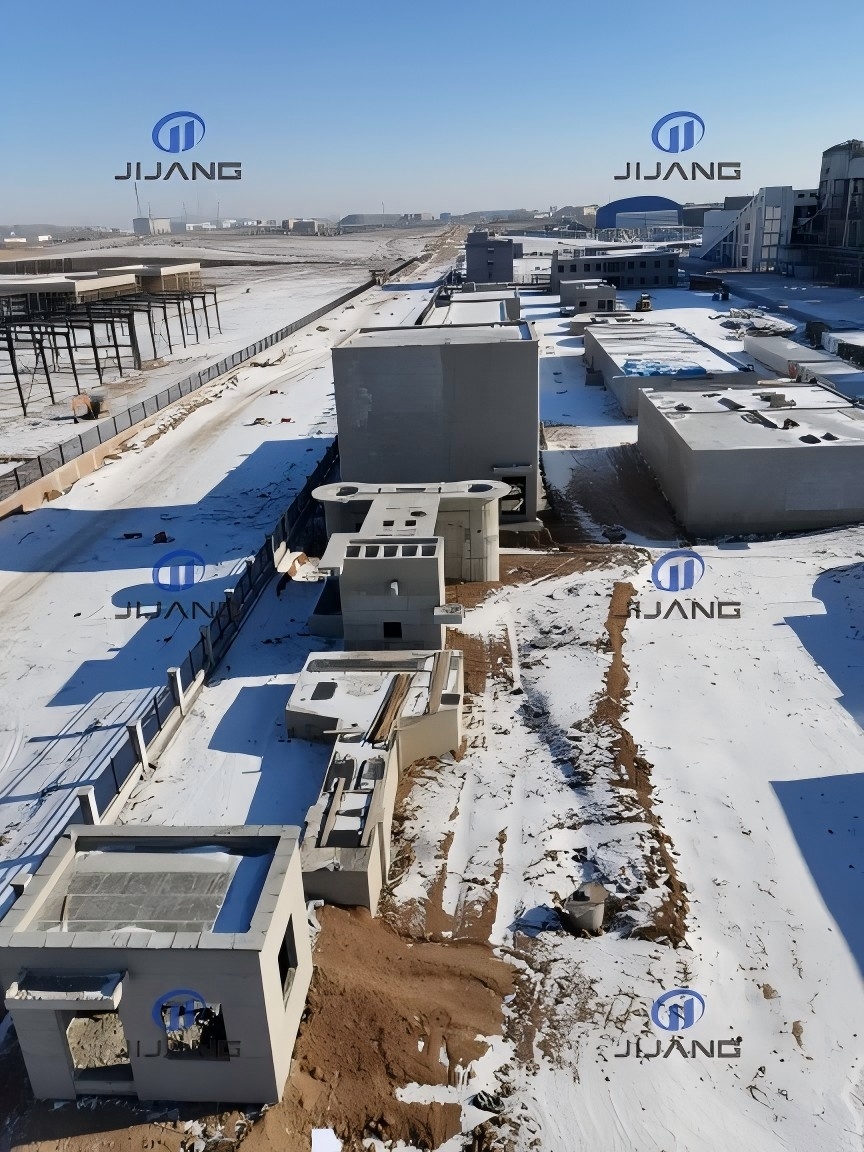The Mechanical Vapor Recompression (MVR) evaporation system operates on the principle of recycling the energy in the vapor generated during the evaporation process. Instead of relying on external heat sources like steam, MVR uses a mechanical compressor to compress and recycle the vapor, significantly improving the system’s energy efficiency. Here’s a detailed explanation of how it works:
- Evaporation:
Feed Solution: A liquid mixture (e.g., water and dissolved solids) is fed into the evaporator.
Heating: The liquid is initially heated by steam or an existing vapor (depending on the system design) to start the evaporation process. As the feed solution is heated, a portion of the solvent (typically water) turns into vapor. - Vapor Compression:
Mechanical Compression: The vapor generated in the evaporator is captured and sent to a mechanical vapor compressor. The compressor increases the pressure of the vapor, which in turn raises its temperature (this follows the principle of thermodynamics where increasing pressure raises the boiling point of a gas).
Energy Transfer: The compression process essentially “concentrates” the vapor, increasing its temperature and energy. - Heat Recovery:
Energy Reuse: The high-temperature, high-pressure vapor from the compressor is now used as the heat source for the evaporator. This vapor is reintroduced into the evaporation chamber, where it is used to heat the incoming feed solution.
Efficient Heating: The process essentially “recycles” the heat that was originally used to generate the vapor. By reusing this energy, the need for external heating (e.g., steam) is drastically reduced or even eliminated. - Condensation:
Vapor Condensation: After the vapor has transferred its heat to the feed solution, it is condensed back into a liquid. The condensed vapor can be removed as a liquid by a condenser, which typically cools the vapor by passing it through heat exchangers or cooling coils.
Recycling the Condensed Vapor: The condensed liquid (now water) can be further treated or discarded depending on the process, or in some cases, reused in other stages of the system. - Final Concentration:
As the evaporation process continues with the heated vapor, the concentration of the feed solution increases, and the solvent is gradually removed. This results in a more concentrated liquid product.





